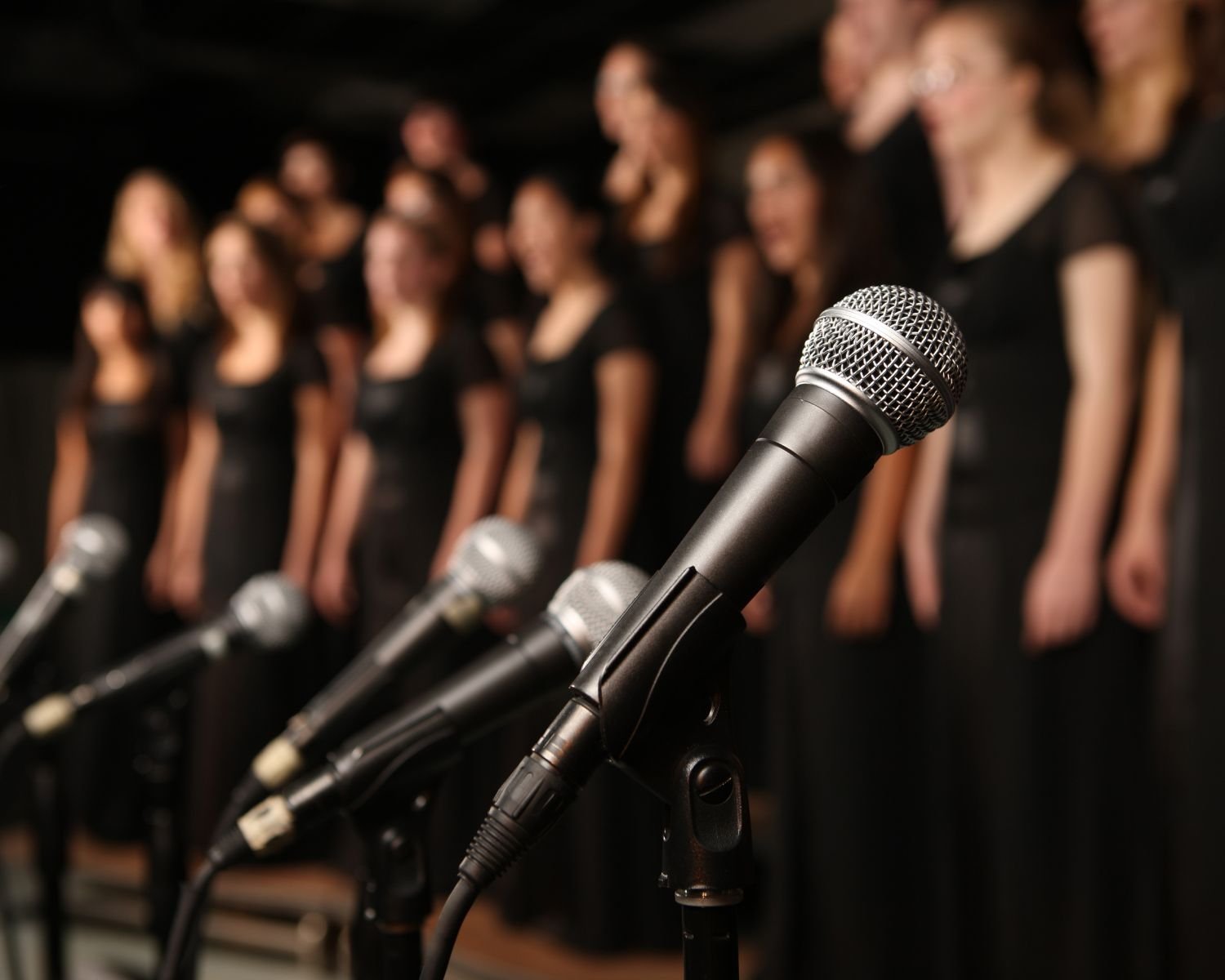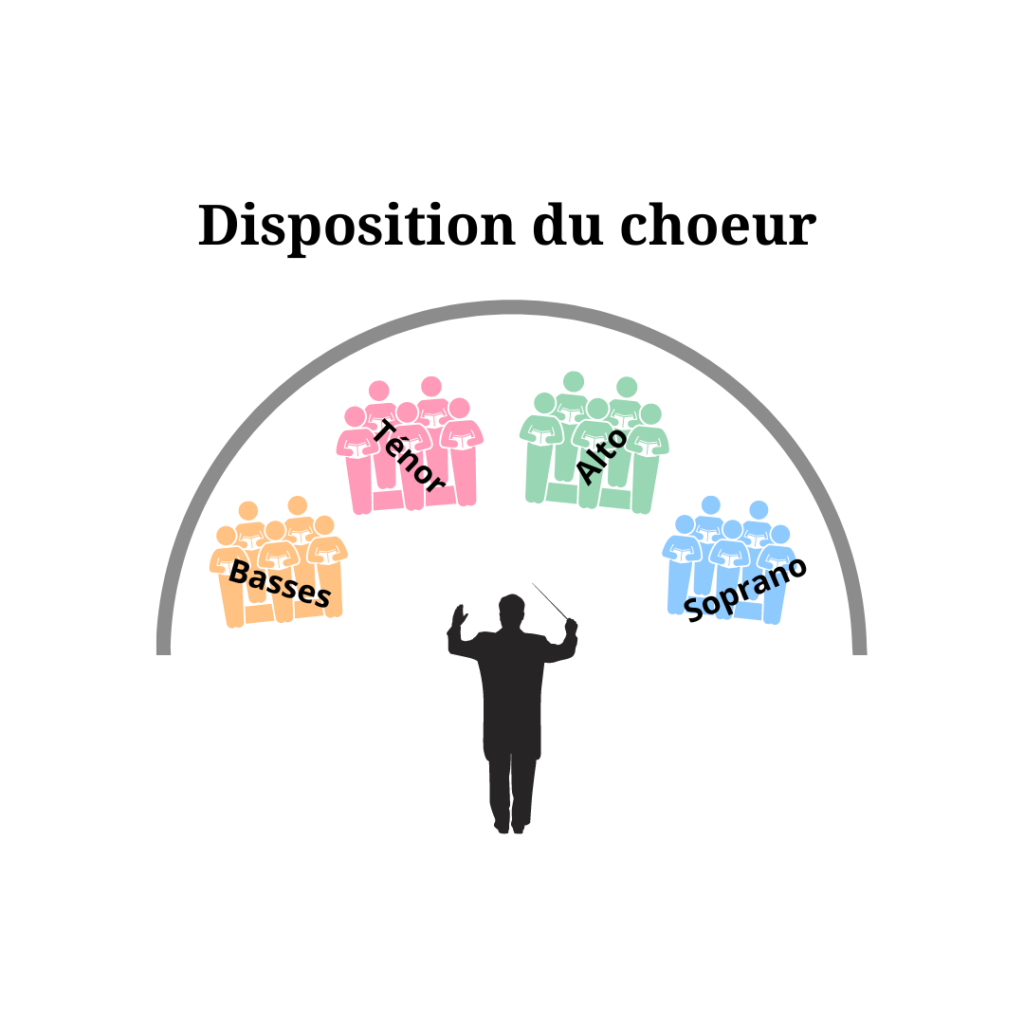How are voices classified in a choir?
One of the choir's challenges is to create a harmonious, balanced sound. To achieve this, the choir director must classify the voices of the choristers according to their tessitura. Whether soprano or alto for women, or tenor and bass for men, the choristers are evaluated and classified into groups according to their voice type. Newzik explains how the different voices and tessituras are classified in a choir or vocal ensemble.
What are the main voices in a choir?
In a choir, there are four main types of voices:
Soprano and alto (female voices),
tenor and bass (male voices).
Each voice, also known as a "pupitre", has its own register of notes and plays a specific role in the choir. Voices are classified by tessitura, but also by gender. In a vocal ensemble, we speak of male choir and female choir.
Soprano, the highest female range
The soprano voice is the highest of the four main voices. A singer with a soprano range sings the highest melodic parts of the music. Sopranos are responsible for the main melodies and higher harmonies.
Alto, the lowest register for women
Violas sing in a medium-to-high scale and provide intermediate harmonies. The role of an alto section is to add richness and depth to the harmony, creating a balance between the upper and lower voices. While both men and women can be altos, the difference is that the woman will sing in her lowest tessitura, while the man will sing in a high tessitura.
💡 In singing, the alto tessitura can also be called contralto when it's a soloist.
Tenor, the highest male voice
Tenors are male voices. They occupy a medium-to-high vocal range and are responsible for higher harmonies, but not as high as sopranos. They often provide counter-melody or harmonic support in the chorus.
Bass, the lowest range
Basses sing in the lowest tessitura scale . This is a range found among men. The role of this section is essential to support the overall harmonic structure and give stability to the vocal ensemble.
💡 Did you know? While voices in a vocal ensemble are classified into four groups, there are actually more. In singing, there are three main voice types among women: soprano, mezzo-soprano and contralto. For men, there are four main voice types: countertenor, tenor, baritone and bass.
How are choristers arranged according to their voices in a choir?
The first step in placing the choristers is to divide them up by voice (soprano, alto, tenor and bass). Choristers are grouped into sections according to their vocal range, which means that sopranos sing with sopranos, altos with altos, tenors with tenors and basses with basses. Within each vocal section (soprano, alto, tenor, bass), choristers can be divided into sub-groups according to their individual vocal skills. These are referred to as soprano 1 and soprano 2, for example.
Once the singers have been divided into sections, they are placed from the highest to the lowest tessitura:
The sopranos are placed at the front, at the right end of the choir.
The altos are placed in the middle of the choir's chorus, right next to the sopranos.
Tenors are placed in the center of the choir, between altos and basses.
The basses are located at the front of the vocal ensemble, opposite the sopranos, at the left end of the choir.
Is singing your passion and would you like to join a choir? But perhaps, like many amateur (and professional) singers, you're afraid of hitting the wrong note or getting out of tune? Then come and discover our tips for learning to sing in tune!
🎶 Do you have a score, but it's not written for your vocal range? Thanks to the Newzikapplication, you can transpose your sheet music in the blink of an eye and adapt it to your voice.
And for singers and musicians who play in groups or orchestras, discover Newzik Ensemble. Share, annotate and correct your scores easily from anywhere. Reinvent music with Newzik!


